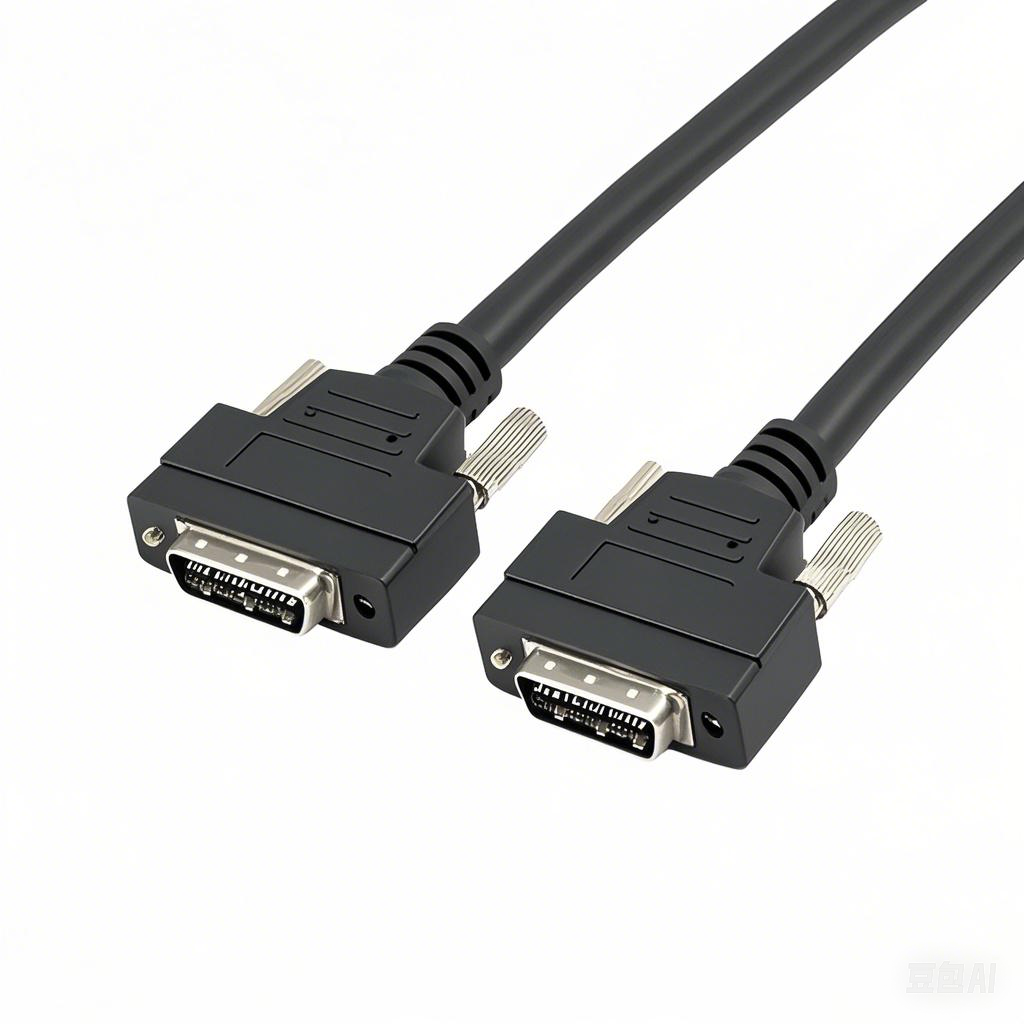Tips for Proper Routing and Strain Relief in Machine Vision Systems
Machine vision systems thrive on precision, but even minor installation oversights—like poor cable routing or inadequate strain relief—can lead to signal interference, connector damage, and system downtime. Proper routing and strain relief are critical to safeguarding cables from physical stress and environmental hazards. This article outlines actionable tips to optimize cable management, ensuring long-term reliability and peak performance in demanding industrial environments.
Why Routing and Strain Relief Matter
Signal Integrity: Poor routing exposes cables to EMI, noise, and crosstalk.
Mechanical Durability: Strain relief prevents tugging, bending, and vibration damage.
Safety: Secure cables eliminate tripping hazards and reduce fire risks from frayed wires.
Best Practices for Cable Routing
1. Plan Routes to Minimize EMI Exposure
Avoid High-Noise Zones: Keep cables ≥30 cm (12 inches) away from motors, power lines, and inverters.
Use Shielded Conduits: In environments with heavy EMI (e.g., welding stations), route cables through grounded metal conduits or braided sleeves.
Cross Power Lines at 90°: If unavoidable, cross AC power lines perpendicularly to reduce inductive coupling.
2. Maintain Proper Bend Radius
Follow Manufacturer Guidelines: Typical minimum bend radius is 10x the cable diameter.
Example: A 5mm-thick cable should bend no tighter than a 50mm radius.
Avoid Sharp Edges: Use protective corner guards or soft grommets when routing near metal frames.
3. Separate Signal and Power Cables
Group by Category: Route power cables, communication lines (e.g., GigE Vision), and analog signals (e.g., trigger lines) in separate bundles.
Use Vertical/Horizontal Trays: Organize cables in dedicated trays to prevent tangling and interference.
4. Secure Cables Without Over-Tightening
Use Flexible Fasteners:
Nylon cable ties (with smooth edges) or Velcro straps for static setups.
Spring-loaded clamps or adhesive mounts for dynamic applications (e.g., robotic arms).
Space Fasteners Evenly: Place supports every 20–30 cm (8–12 inches) to prevent sagging.
Effective Strain Relief Techniques
1. Choose the Right Strain Relief Device
Cable Clamps:
Use rubber-lined clamps to grip cables without crushing insulation.
Install near connectors to anchor cables to equipment chassis.
Cable Carriers (Drag Chains):
Ideal for moving components (e.g., gantry systems).
Ensure cables are loosely bundled inside to allow natural flexing.
Boots and Glands:
Threaded cable glands (e.g., IP67-rated) protect connectors from dust and moisture while securing cables.
2. Position Strain Relief Correctly
Anchor Points: Attach strain relief devices within 5–10 cm (2–4 inches) of connectors to prevent tugging on solder joints.
Directional Alignment: Align strain relief with the cable’s natural bending direction during motion.
3. Test for Flexibility in Dynamic Setups
Simulate Movement: Manually flex cables through their full range of motion before final installation.
Check for Stress Points: Look for kinks, stretching, or friction against surfaces.
4. Reinforce High-Vibration Areas
Double-Layer Strain Relief: Combine a cable clamp with a silicone boot for heavy machinery.
Anti-Vibration Mounts: Isolate cables from vibrating equipment using rubber isolators.
Common Mistakes to Avoid
Ignoring Bend Radius Limits: Tight bends cause internal conductor damage and signal loss.
Overloading Cable Carriers: Crowded drag chains increase friction and wear.
Using Zip Ties on Moving Cables: Rigid ties restrict movement and create stress points.
Skipping Grounding for Shielded Conduits: Ungrounded shields fail to block EMI.
Case Studies: Routing and Strain Relief in Action
Automotive Paint Shop Robots
Challenge: Robotic arms required frequent movement, causing cable fatigue.
Fix: Installed drag chains with 30% extra space and silicone boots at connectors. Result: 60% reduction in cable replacements.
Food Packaging Line
Challenge: High-pressure washdowns degraded unsecured cables.
Fix: Routed cables through stainless steel conduits and used IP69K-rated strain relief clamps.
Pharmaceutical Lab Vision System
Challenge: EMI from nearby HVAC systems disrupted camera signals.
Fix: Re-routed cables in shielded trays and added ferrite cores near connectors.
Maintenance Tips for Sustained Performance
Inspect Quarterly: Check for abrasions, loose clamps, or cracked insulation.
Re-Tension Cable Carriers: Adjust drag chains annually to compensate for wear.
Clean Connectors: Remove debris with compressed air or isopropyl alcohol.











